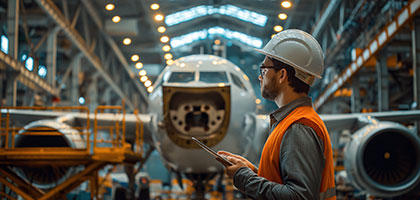

AS9100D certified for Excellence in Avionics
Proving our commitment to the utmost standards of quality and safety in the global aerospace industry

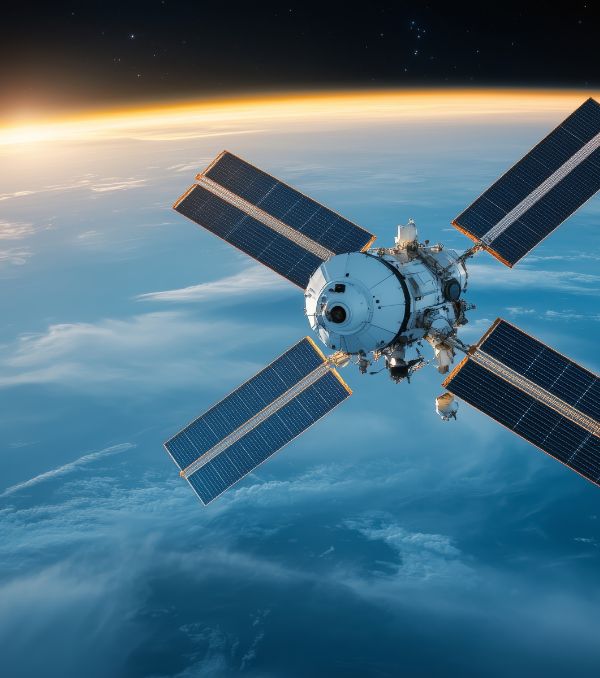
CMRM for ISRO's Gaganyaan Space Mission
Design, Development and Fabrication of Crew Module Recovery Model (CMRM) for ISRO's Gaganyaan Space Mission.
Case Study
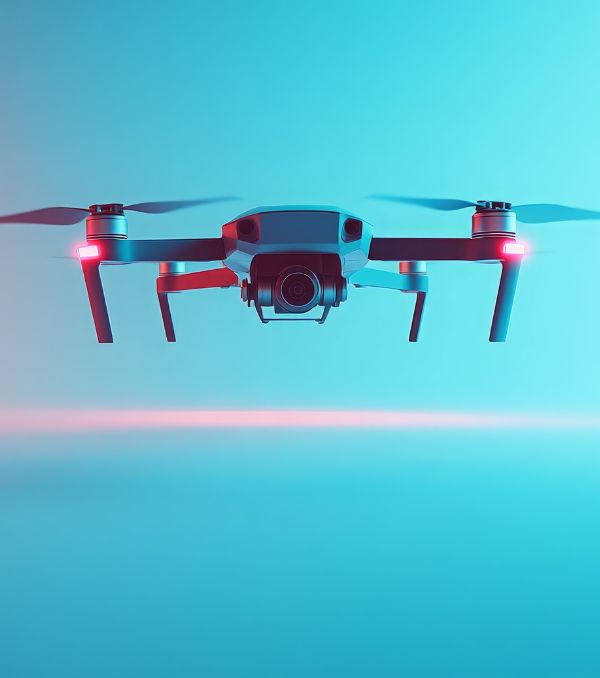
Tata Elxsi and Garuda Aerospace Sign MoU
Tata Elxsi and Garuda Aerospace Sign MoU at Aero India 2025 to Establish Centre of Excellence for Indigenised UAV (Unmanned Aerial Vehicle) Design and Development.
Read more

Tata Elxsi and National Aerospace Laboratories
MoU for Advanced Air Mobility and Accelerate Innovation in UAVs, UAM, and eVTOLs for Global Markets.
Read moreTransforming Aerospace Engineering
The Aerospace Industry is evolving at an unprecedented pace, driven by emerging digital technologies and the demand for high-performance aircraft. As the global market expands, stakeholders strive to balance safety, efficiency, and sustainability, all while meeting stringent regulatory standards. In this dynamic landscape, organizations require robust innovation and adaptable strategies to stay competitive. At Tata Elxsi, we specialize in accelerating product engineering cycles, enhancing operational efficiency, and fostering cross-functional collaboration.
Our expertise spans design research, mechanical engineering, embedded systems, and artificial intelligence, enabling tailored solutions for varied aerospace needs. From concept to deployment, we deliver impactful services that propel growth and resilience. As an AS9100D-certified organization, we adhere to the highest aerospace quality management standards, ensuring reliability, compliance, and excellence in every engagement.
LIDAR-based Rotor Proximity Warning System (R-PWS) Development
Business Challenges
Increasing global competition, stringent regulations, and rising customer expectations demand swift technology adoption and continuous product innovation. Aerospace companies must optimize supply chains, manage costs, and integrate secure digital solutions. Addressing these complexities while maintaining quality and safety presents a formidable challenge, requiring strategic collaboration and forward-thinking design and engineering approaches.
Products & Services
Tata Elxsi offers integrated avionics, product engineering, UX design, and digital transformation solutions, ensuring seamless aircraft development, compliance, and faster time-to-market with unmatched engineering and research expertise.
Aerostructure Design & Engineering | Aerospace Electrification | Unmanned Air Systems | Aerospace Digitalization | Autonomous Aerospace Systems | Advanced Avionics Solutions | Ground-Based Systems Solutions for Aerospace
The Road Ahead
In Focus
Information Hub
-
What trends are shaping the future of the aerospace industry?
The Aerospace Industry is witnessing rapid digitization, enhanced safety protocols, and an emphasis on sustainability. Advanced materials are reducing aircraft weight, while electric propulsion and hybrid engines lower emissions. Artificial Intelligence and machine learning drive predictive maintenance, optimizing fleet management and preventing costly downtime. Furthermore, Industry 4.0 adoption enables smart manufacturing, automated assembly, and real-time data insights for improved operational efficiency. As space tourism emerges and urban air mobility expands, organizations that prioritize innovation, partnerships, and agile business models will be best positioned to navigate these trends and remain globally competitive.
-
How does digital transformation impact aerospace product design and development?
Digital transformation significantly accelerates aerospace product engineering by integrating cloud-based platforms, simulation tools, and collaborative software. Teams can iterate faster, streamline design processes, and enhance prototype testing, thereby reducing development cycles. Additionally, virtual reality and augmented reality solutions facilitate remote collaboration, improving team alignment and accelerating decision-making. Predictive analytics identifies potential faults early, mitigating risks and lowering maintenance costs. Furthermore, comprehensive data sharing through Internet of Things (IoT) platforms empowers end-to-end visibility across the value chain. In essence, digital solutions enable more agile, efficient, and cost-effective development, helping aerospace firms stay ahead in a competitive market.
-
What role do AI and analytics play in improving aircraft safety and performance?
Artificial intelligence (AI) and data analytics revolutionize aircraft safety and performance by providing real-time diagnostics and predictive maintenance. By capturing in-flight sensor data, AI algorithms detect anomalies early, enabling timely repairs that prevent costly failures. Machine learning models also optimize fuel efficiency, factoring in flight paths, weather patterns, and air traffic. Furthermore, analytics guide design improvements, identifying structural vulnerabilities and informing future R&D initiatives. This data-driven approach enhances operational reliability and passenger safety while reducing overall operational costs. Ultimately, AI and analytics empower aerospace companies to maintain cutting-edge performance standards in a rapidly evolving industry.
-
How can sustainability be integrated into aerospace operations?
Integrating sustainability starts with adopting eco-friendly materials and lightweight designs that cut fuel consumption and reduce carbon emissions. As electric and hybrid propulsion technologies mature, airlines can progressively incorporate cleaner energy sources to further minimize their environmental footprint. Collaboration across supply chains ensures responsible sourcing and encourages circular economy principles, such as recycling and repurposing components. In parallel, digital twins simulate more efficient flight paths and optimize aircraft utilization, enhancing operational and environmental outcomes. Overall, a holistic commitment to green technologies, stakeholder collaboration, and continuous innovation propels the aerospace industry toward a more sustainable and responsible future.
-
What is the impact of global regulations on the aerospace sector?
Global regulations shape safety, environmental, and quality standards within aerospace, guiding aircraft certification, operational procedures, and performance benchmarks. Compliance ensures passenger protection, reduces emissions, and sets uniform criteria for worldwide operations. However, evolving regulations necessitate constant research and innovation, compelling organizations to adapt their engineering methods and supply chain processes. Automation, data-based audits, and real-time monitoring systems help meet these shifting requirements. While regulations can increase costs and prolong development timelines, they also foster technological advancements and underscore the industry’s commitment to safeguarding people, assets, and the global environment.







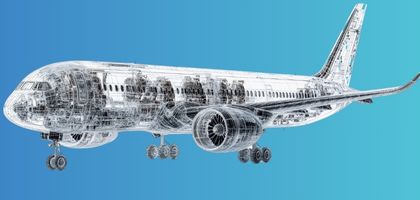
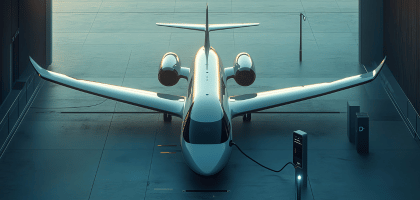
.png )
.png )
.png )
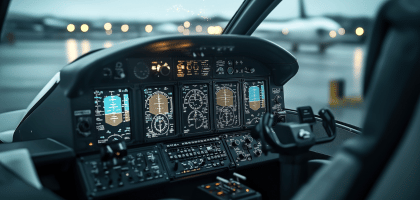
.png )










